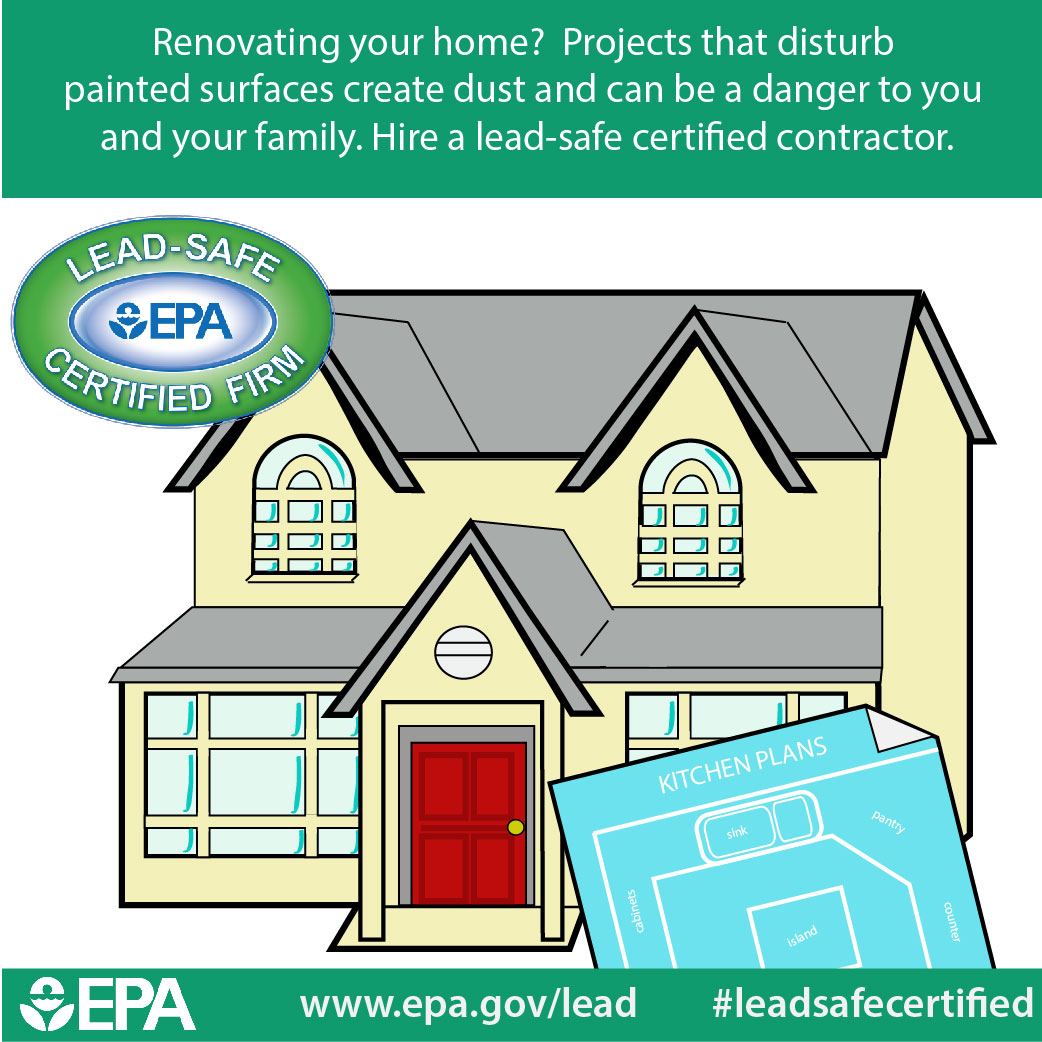Exactly How Weather Condition Impacts Industrial Exterior Painting: What You Should Know To Ensure Top Quality Outcomes
Exactly How Weather Condition Impacts Industrial Exterior Painting: What You Should Know To Ensure Top Quality Outcomes
Blog Article
Written By-Sutherland Bladt
When you're planning an industrial external painting task, do not take too lightly the effect of climate on your outcomes. You require to take into consideration aspects like temperature, moisture, and rainfall, as they can make or damage your paint job. As an example, did you understand that optimal conditions call for certain temperature ranges and moisture degrees? Falling short to monitor these aspects can result in uneven finishes or even damages to fresh paint. Recognizing these elements is crucial to accomplishing a long-lasting, professional end result. So, what particular weather should you be wary of?
Temperature level Considerations
When it involves commercial external paint, temperature plays a crucial duty in the outcome of your job. If you're painting in severe warmth, the paint can dry also swiftly, causing issues like poor attachment and uneven finishes. You intend to aim for temperatures in between 50 ° F and 85 ° F for the very best outcomes. Below 50 ° F, paint may not cure effectively, while over 85 ° F, you risk blistering and splitting.
Timing your job with the best temperatures is crucial. Beginning your job early in the early morning or later on in the mid-day when it's cooler, especially throughout hot months.
Also, take into consideration the surface temperature level; it can be considerably more than the air temperature level, especially on sunny days. Make use of a surface thermostat to check this prior to you start.
If temperatures are unforeseeable, keep an eye on the weather forecast. Sudden temperature level declines or heat waves can hinder your strategies. Read the Full Guide don't want to begin painting just to have the problems change mid-project.
Moisture Levels
Moisture degrees substantially influence the success of your business exterior paint project. When the humidity is too high, it can hinder paint drying and curing, causing a variety of problems like bad attachment and complete high quality.
If you're preparing a job during moist conditions, you might locate that the paint takes longer to dry, which can expand your job timeline and boost prices.
On commercial painting minneapolis , reduced moisture can likewise posture obstacles. Paint might dry too swiftly, stopping appropriate application and leading to an uneven finish.
You'll wish to keep track of the humidity degrees carefully to ensure you're working within the suitable variety, typically between 40% and 70%.
To obtain the best results, take into consideration utilizing a hygrometer to determine moisture before starting your job.
If you discover the degrees are outside the optimal array, you might require to readjust your routine or select paints created for variable conditions.
Constantly consult the manufacturer's guidelines for specific referrals on humidity tolerance.
Rainfall Influence
Rain or snow can dramatically disrupt your industrial exterior paint strategies. When rainfall occurs, it can remove freshly applied paint or create an irregular coating. Ideally, you want to choose days with dry weather to make certain the paint sticks appropriately and cures successfully. If you're caught in a shower, it's best to stop the task and await conditions to improve.
Furthermore, snow can be much more damaging. Not just does it produce a damp surface area, yet it can additionally decrease temperatures, making it tough for paint to dry. This can bring about problems like peeling or blistering down the line.
https://docs.google.com/spreadsheets/d/18EPL3Wx1xlWRYidp7GNYDzg43rQHho0ts_XA0yaDLjM/edit?gid=2066913736#gid=2066913736 to inspect the weather prediction prior to starting your job. If rain or snow is anticipated, think about rescheduling.
Always remember to allow sufficient drying out time between coats, especially if the weather remains uncertain.
Final thought
To conclude, keeping an eye on the climate is necessary for an effective business outside paint project. By keeping track of temperature, humidity, and rainfall, you can ensure the very best problems for application and treating. Keep in mind to prepare your work around beneficial climate and constantly follow maker standards. With the best method, you'll achieve a resilient, stunning finish that can hold up against the components. Do not allow the weather capture you unsuspecting-- remain informed and repaint wise!
